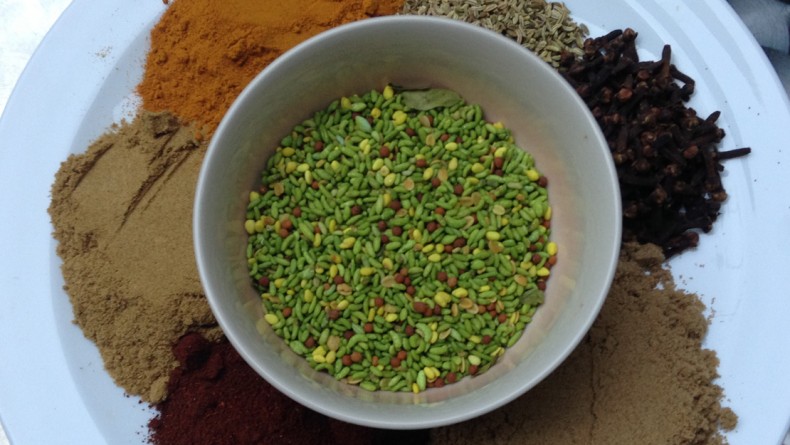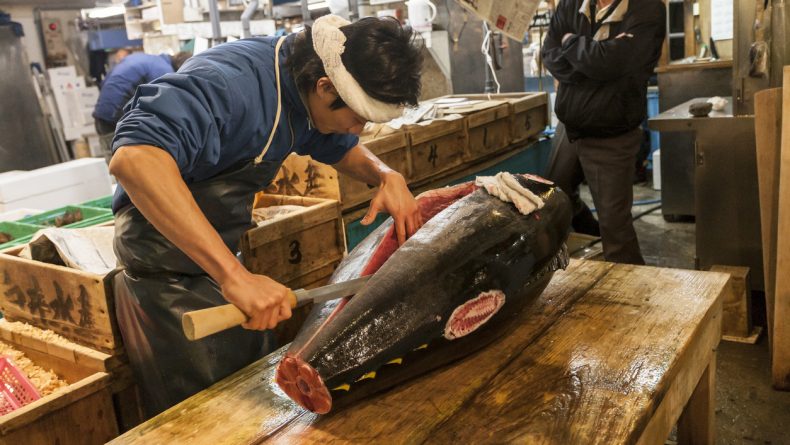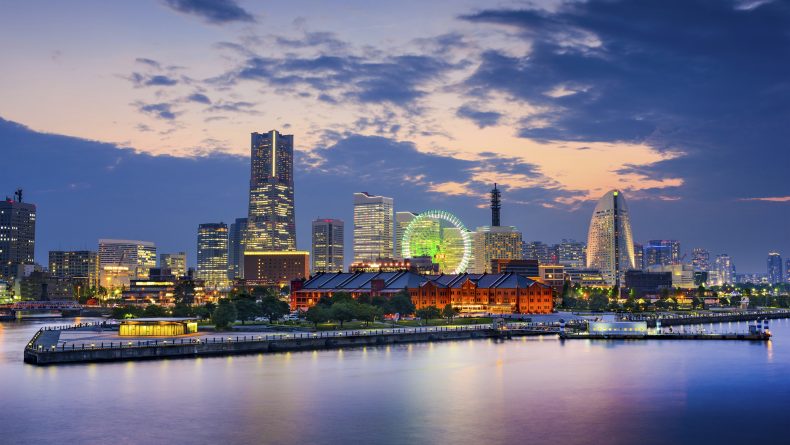From China To India: 5 Ethnic Neighborhoods Around Tokyo
Discover the international diaspora hotspots around the city
It’s a small world in the big, wide Tokyo.
Tokyo itself is a culturally iconic city. From the futuristic lights of Shinjuku to the kawaii capital of Harajuku to the hipster haven of Shimokitazawa to the historically beautiful Imperial Palace in central Tokyo, the city has its own unique flavor.
However, if you’re willing to trek outside the well-trod pockets of the city, you’ll soon realize Tokyo is home to a number of “little countries” and international cities. Chinatown, little regional America, Koreatown, these richly diverse micro countries have been created by expats who now call the wide Tokyo area their home. To get to know Tokyo outside of “Tokyo,” we’ve put together the “must visit” destinations for your Tokyo ‘little’ world tour.
Little Korea: Shin-Okubo
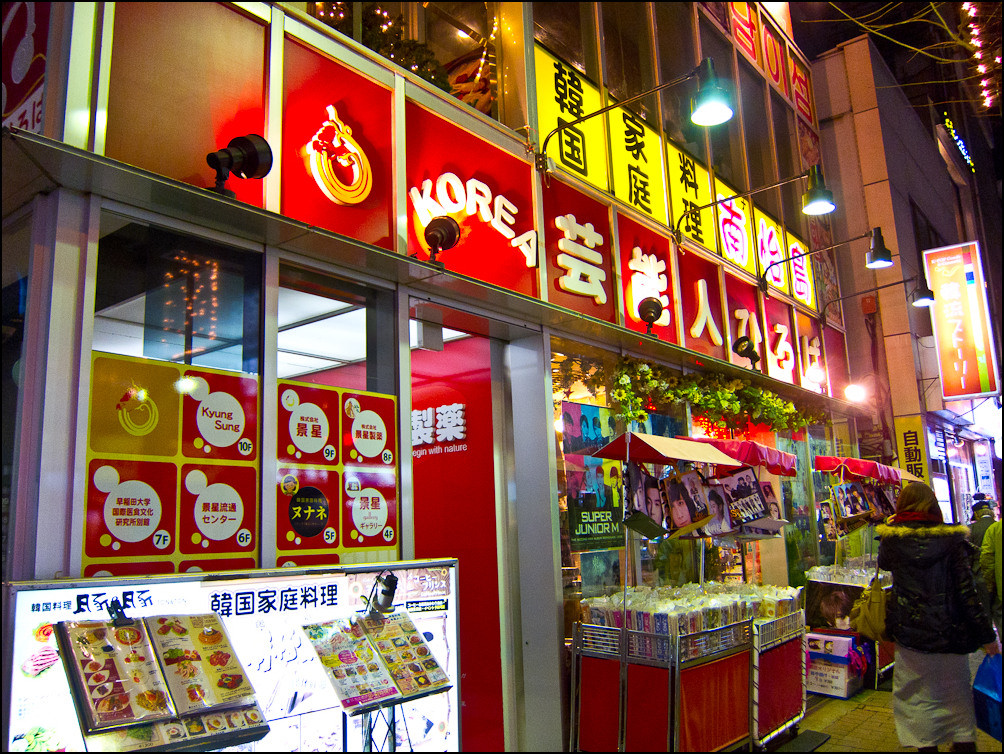 © Photo by Laura Tomàs Avellana
© Photo by Laura Tomàs Avellana
Take the Yamanote just a few short minutes from Shinjuku and you’d almost believe you’ve caught the express straight out of Japan. Located just two minutes from Shinjuku station, Shin-Okubo — aka ‘Korea Town’ — is a pocket overflowing with amazing food, bizarre beauty supplies and K-Pop kitsch.
Korean hair salons, real estate agents, cafés, hotels, supermarkets; beyond food and shopping, Shin-Okubo is a place where Korean culture is embraced and where Korean expats can feel at home. With Korean being the most overheard tongue and Hangul being the default sign-writing alphabet, the area oozes an authenticity that only comes with years of organic cultivation.
The heart of Shin-Okubo is Okubo 1-chome, toward the south-east side of the station. Here is where you’ll find the ubiquitous and fascinating beauty suppliers nestled between K-pop paraphernalia stores. Given recent political tensions between Japan and Korea, the once overwhelming popularity of the area has declined, but that’s not to say by any means it’s a ghost town.
For visitors, one of the best parts of visiting Shin-Okubo is the food. More challenging and attention-grabbing than the subtle Japanese cuisine, it’s almost a crime not to experience the most authentic bibimbap, bulgogi and bing su you’ll find outside of Seoul — not to mention the amazing yakiniku.
How to get there: Take the Yamanote Line in direction to Ikebukuro and Ueno from Shinjuku Station and get off at Shin-Okubo station.
Little China: Yokohama Chukagai
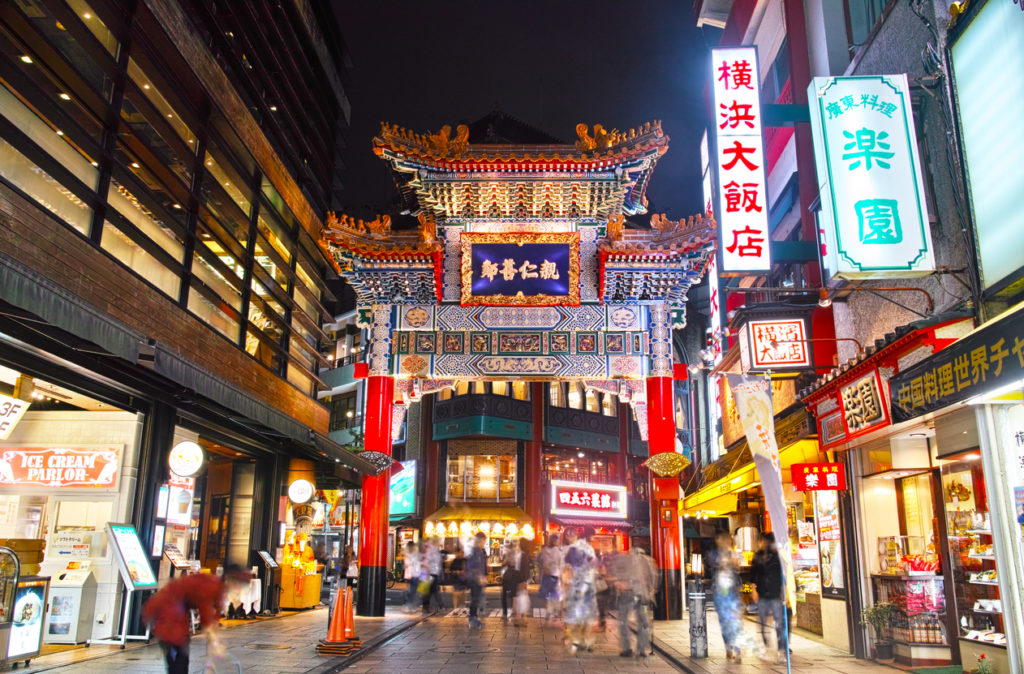
When you mention Yokohama, Tokyo’s neighboring bay side sister city, it’s only a matter of seconds before Chukagai (Chinatown) gets brought up. Sure, so many countries across the world have their own Chinatowns, but Yokohama’s Motomachi area boasts the largest in Asia and one of the biggest in the world.
Over 150 years old, the historic area is positioned near the seaport of Yokohama city. In the mid 1800s when the port was opened, many Chinese traders and immigrants moved to the area to set up stores, restaurants, schools and build a tight knit community.
These days the area features over 250 different Chinese businesses, but like Shin-Okubo its main drawcard is arguably the overwhelming eating opportunities on offer. The best time to visit Chukagai is in late January, early February when the area is electric with the excitement of the Chinese New Year. A home to a number of festivals throughout the year, Chukagai is a must-visit for anyone interested in seeing Japan — and China — from a different perspective.
How to get there: Take the Tokyu-Toyoko line to Motomachi-Chukagai from Shibuya. Get off at Motomachi-Chukagai station.
Little Paris: Kagurazaka
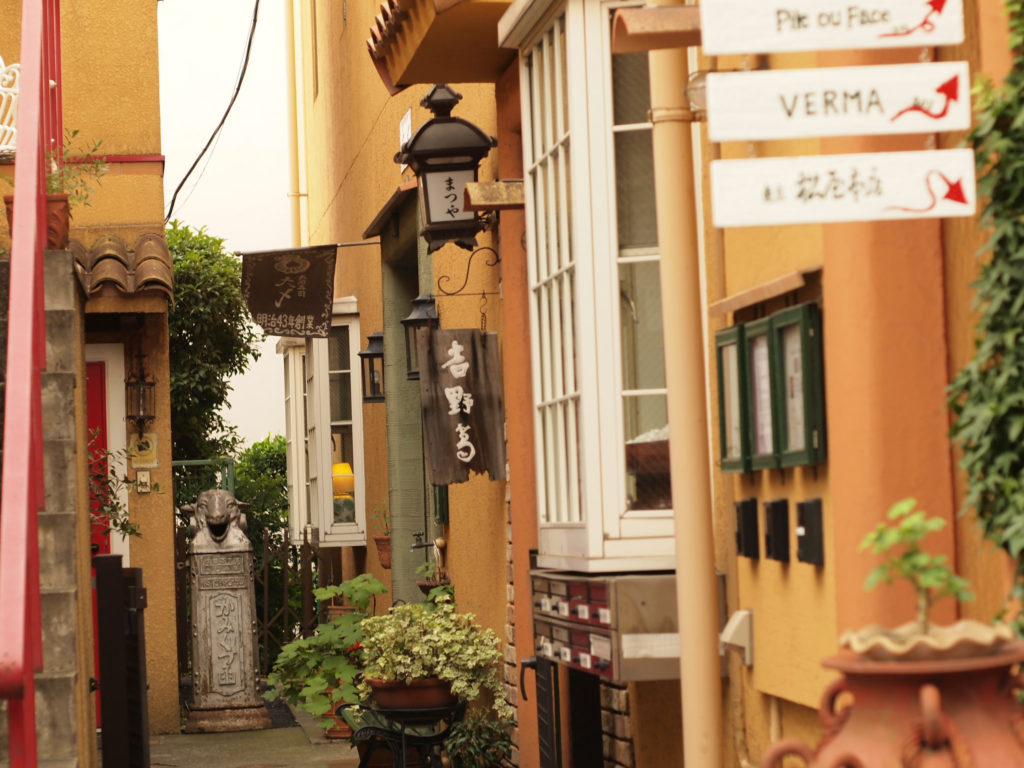 © Photo by Hiroyuki Naito
© Photo by Hiroyuki Naito
Featuring the largest concentration of French coffee houses, bakeries, and bistros in Tokyo, the cobblestone clan Kagurazaka is widely considered Japan’s little taste of Paris.
While Parisian accordion music is pumped out of the public lamppost speakers dotted throughout the streets, Kagurazaka perhaps doesn’t feel as culturally authentic as say Shin-Okubo or Chukagai. However that’s not to say it’s not worth appreciating.
If you’re looking for an active afternoon, Kagurazaka is a must visit as one of the best things to do in the area is simply stroll like a true Parisienne. It’s here where you’ll find fully dressed up geishas and French expats sharing thin stone paved alleyways. With and French dessert havens tucked between classic Japanese Edo era temples, the combination of cultures makes for a fascinating experience.
How to get there: Take the Tozai line for Nakano and get off at Kagurazaka station.
Little Main Street USA: Johnson Town, Saitama
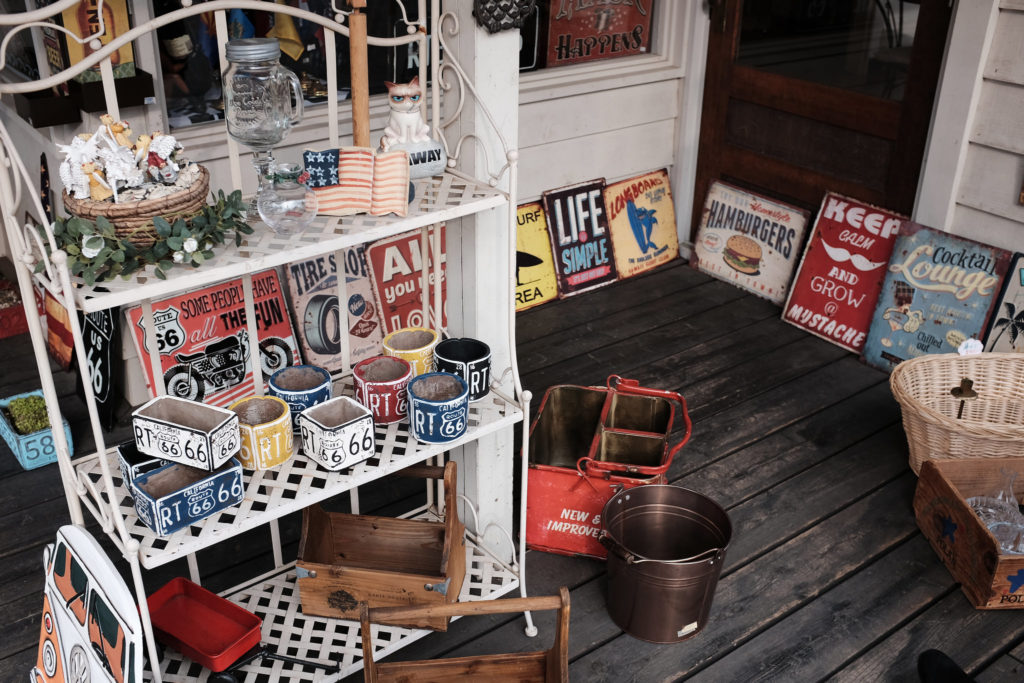 © Photo by Daisuke K
© Photo by Daisuke K
Located in Saitama’s Iruma city just an hour from Shinjuku station, lays Johnson Town, potentially the strangest and maybe even eeriest ‘Little Country’ in Japan. Actually an abandoned U.S. military town, Johnson Town was created in the 1930s, but really came into its own in 1950s when US military were accommodated in the area during the Korean War.
When the military personnel were no longer required, a majority of the US occupants left Saitama and Japanese locals moved in, resulting these days in a mainly Japanese populated area, who preserved the Americano style. Though mostly catering to a Japanese clientele, today there are a number of old America-inspired shops and restaurants that serve “home-made burgers” with American cars parked nearby to add a vibe to the scene.
Built during a period of rapid Japanese economic growth, large portions of the buildings were put together quickly and cheaply to rise to demand, meaning that construction quality was less than desirable. Bizarre in its normalcy, these days what’s left of Johnson Town is a privately owned residential area, still embracing its modern Americana history.
How to get there: Take the Seibu-Ikebukuro line Han-No from Ikebukuro Station. Get off at Irumashi station.
Little India: Nishi-Kasai
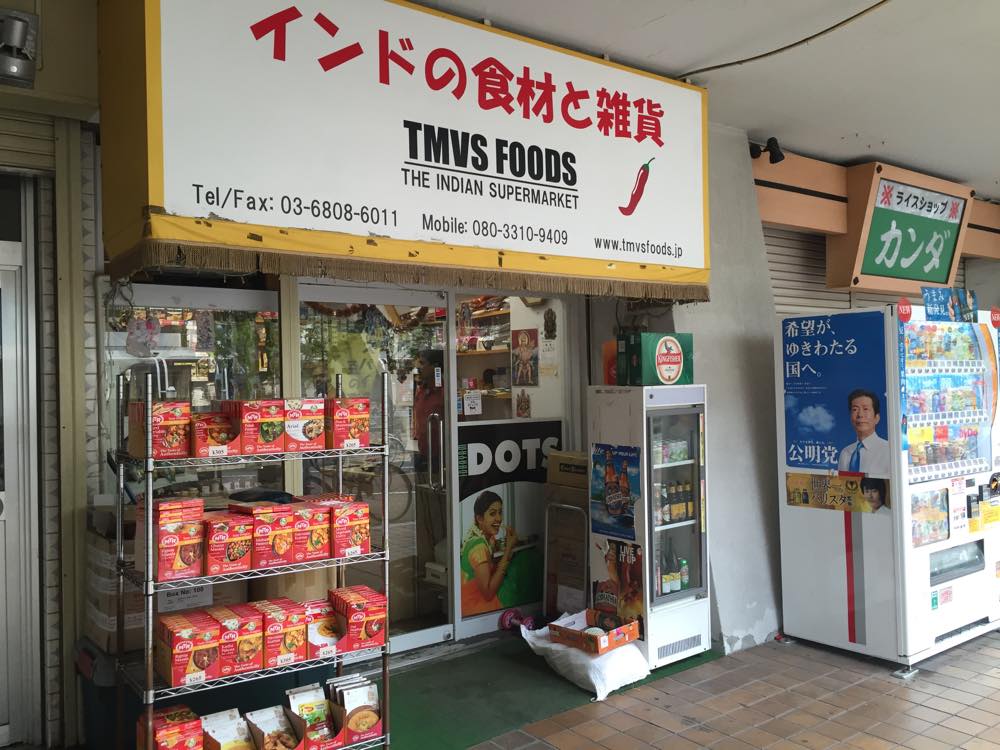
As covered in a previous Savvy Tokyo article, Little India in Nishi-Kasai is a little more humble than its Chinese and Korean contemporaries, but it’s worth a visit nonetheless. Boasting an Indian population of over 2,400, Little India is essentially a cluster of Indian culinary delights ready to cater to your hunger induced desires.
Over the past 10 years Nishi-Kasai has evolved to cater to the needs of the growing Indian population in Japan. With authentic restaurants and grocery stores — like the famous Spice Magic Calcutta and TMVS Foods — and cultural events held by the volunteer group “The Indian Community of Edogawa,” Little India is a small, but vibrant pocket in this increasingly diverse city.
How to get there: Take the Yamanote Line toward Ikebukuro and Ueno from Shinjuku station and change to the Tozai line heading toward Nishi-Funabashi at Takadanobaba Station. Get off at Nishi Kasai station.
Have you been to any of these towns? Send us your photos via Facebook or #savvytokyo on Instagram.
Editor’s note: The top image is intended to illustrate the many towns around Tokyo, but does not necessarily correspond with the actual locations of the towns.













